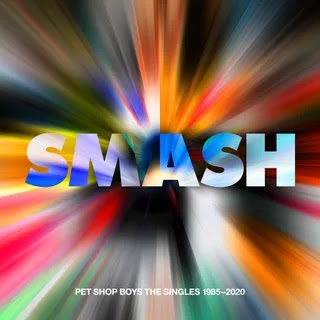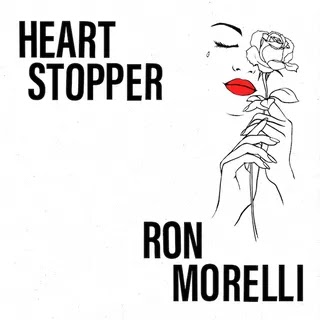On his third album created primarily with modular synthesizers, the longtime Sea and Cake frontman makes fascinatingly abstracted music about the act of listening itself.
The best thing about Sam Prekop’s solo electronic music is the way that it leaves space for the listener. Across three albums—2010’s Old Punch Card, 2015’s The Republic, and now Comma—the Sea and Cake frontman has used modular synthesizers to make pieces that don’t fit neatly into any one category; nor do they tell you how to feel or suggest what the music might be good for. Prekop gives you a handful of carefully chosen sounds and then bends, stretches, and arranges them into beguiling shapes until they sink back into nothingness. Seemingly by design, the particular “meaning” of a given track—not just in terms of genre, but the emotional content—is entirely up to you. By listening to Prekop’s creations—taking in the array of sounds, noting placements and proportions, and mapping the result onto our own memories and associations—we also complete them.
Compared to its two predecessors, Comma has rhythms and melodies that suggest pop, if never quite embracing the verse/chorus form. In a recent interview with Chicago Magazine, Prekop admitted he allowed the music to drift in a more song-oriented direction when assembling this record, and he also mentioned adding new hardware alongside his modular synth rig, including a Roland SH-101 (a favorite of Boards of Canada) and a drum machine. The continuous pulse, marking the passage of time, is one of the record’s core elements, but there’s nothing like a dance beat here. We often equate “space” with silence, and there’s not a lot of it on Comma—Prekop fills the sound field at all times, which is partly why Comma demands attention, even though it’s occasionally quiet. This isn’t background music.
The synth textures, generally clean and clear, so that your ear can pry one layer apart from another if you wish, evoke the last few decades of the 20th century, when it was still possible for electronic technology to convey hope. The drifting “September Remember,” which begins with a gentle drone and a steady click that’s bathed in dubby artificial reverb, is as close as the record comes to ambient music proper, and there’s something uncanny about it. It’s not especially “warm” in the way we think of modular synth music by, say, Emily Sprague or Cool Maritime, nor does it have the chilly distance of digital, more overtly ’80s-flavored synth music. It hangs between these poles, floating back and forth, a chime pushed by the wind.
Elsewhere, Comma embraces beauty unreservedly, though still with characteristic subtlety. “Approaching” is particularly gorgeous, with its throbs of static and hiss, metallic shimmer of percussion, and a music-box synth melody. It offers the kind of tech-aided path to the sublime that Kraftwerk sometimes laid out in their earliest work, though Prekop goes easy on the drama. “Wax Wing” begins with the sort of eerie synth Brian Eno favored on Apollo, and then Prekop subjects it to weird processing, turning it into a high-pitched squiggle that allows you to picture what happens when one harnesses electricity but just barely controls it.
Comma is an unusually immersive record, with evident foregrounds and backgrounds, and sometimes you can feel the music moving past you as it unfolds. At one point during “Never Met,” an acid-inflected synth pattern seems to appear in the distance, gradually inch closer, and then brush by you before proceeding on to somewhere else. Prekop makes choices, placing elements in the stereo field according to his sense of design, but the individual affective response to his choices could go any number of ways. Once again, it’s possible to imagine the music as open-ended, a series of intriguing possibilities not pointing anywhere in particular. We, the audience, do half the work, simply by being engaged as the music unfolds.
It’s tricky to praise music so clearly based on form and balance. Comma isn’t filled with a mind-warping atmosphere you’ve heard nowhere else, it’s not an invitation to meditate or do yoga, and it probably won’t make you cry. It offers something ineffable that I can best call a “presence,” and its ability to center you in the here and now is, in its own low-key and meticulous way, overwhelming.












%20Music%20Album%20Reviews.webp)



0 comments:
Post a Comment